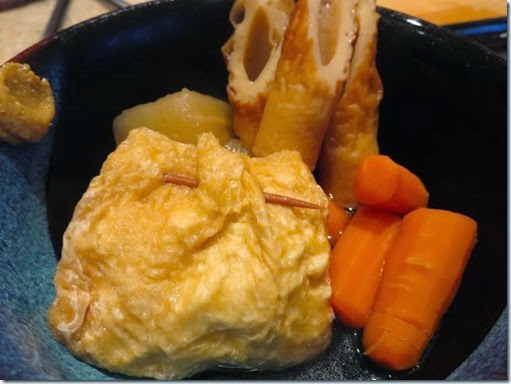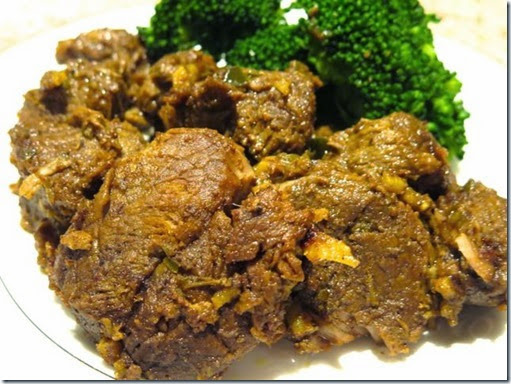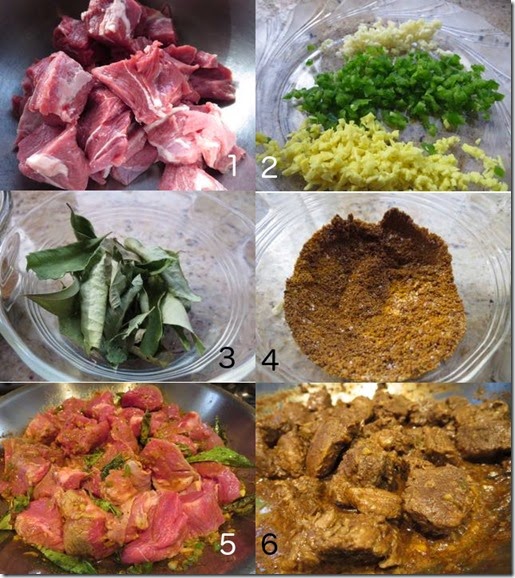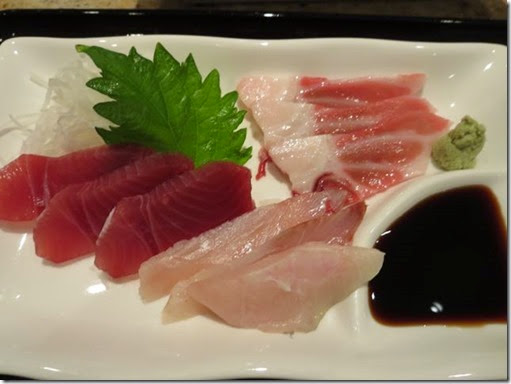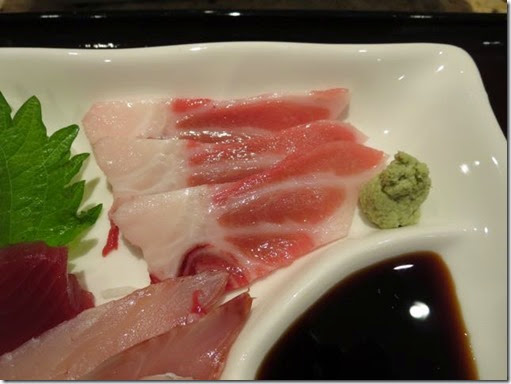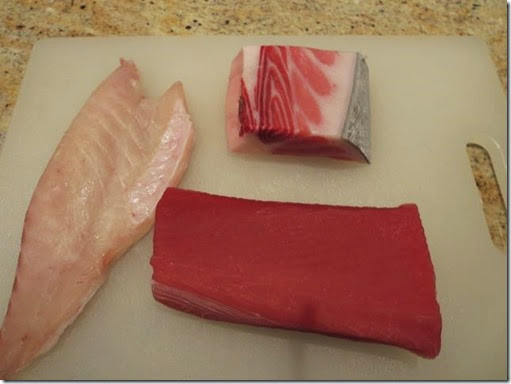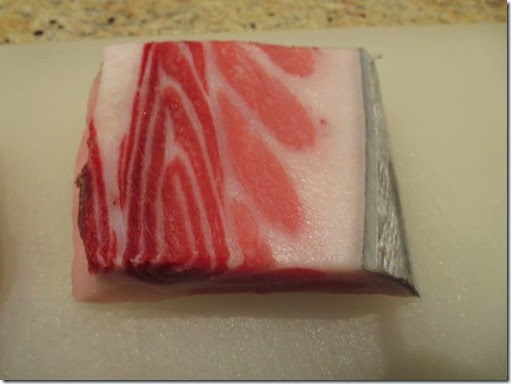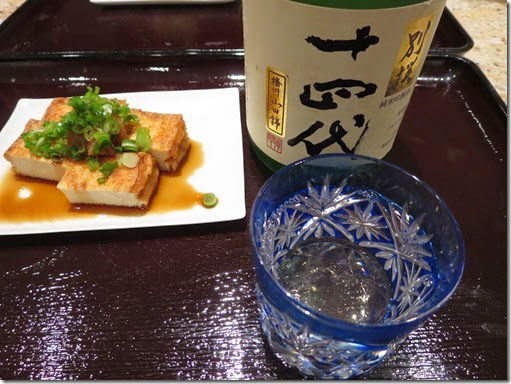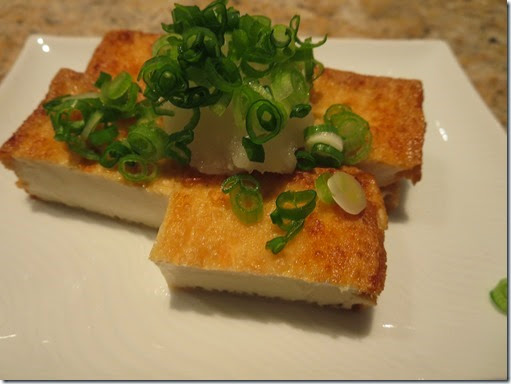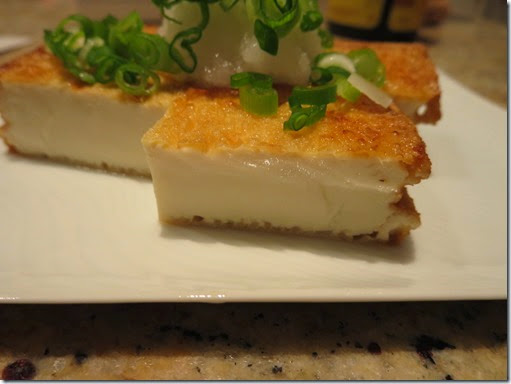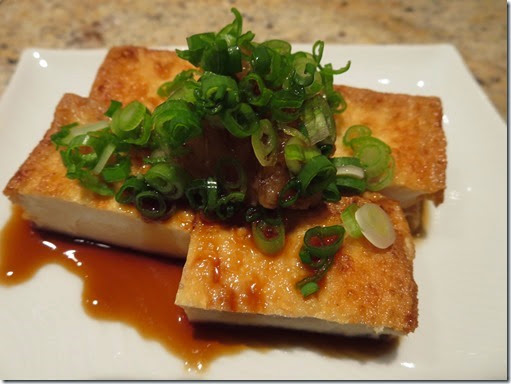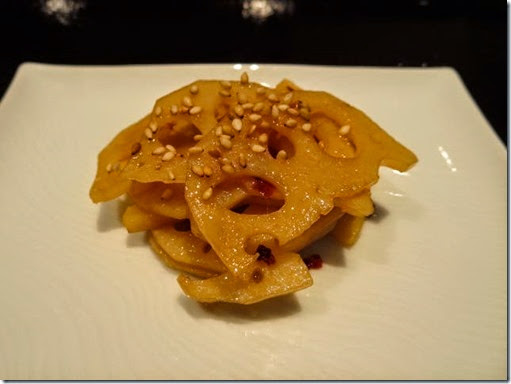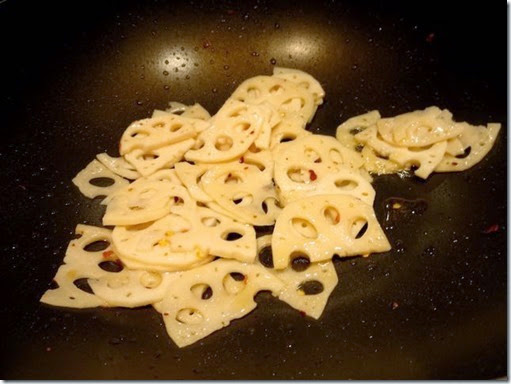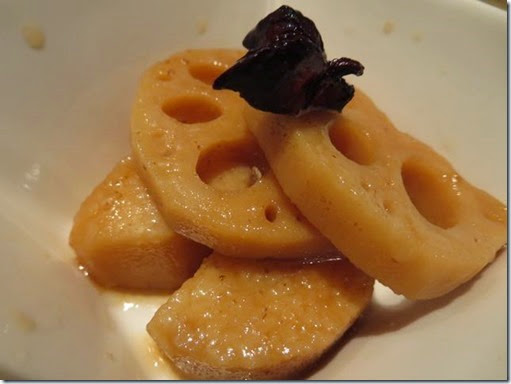On a recent weekend we had dinner guests and my wife decide to serve two different Indian-style curries with rice. As an appetizer, in keeping with the “curry” theme, I proposed making samosa. Including pork is not traditional, but I had left over baked pork tenderloin so I minced it up and added it to the filling. Instead of making the skin from scratch we took a “short cut” and used store bought "egg roll" wraps which worked well.
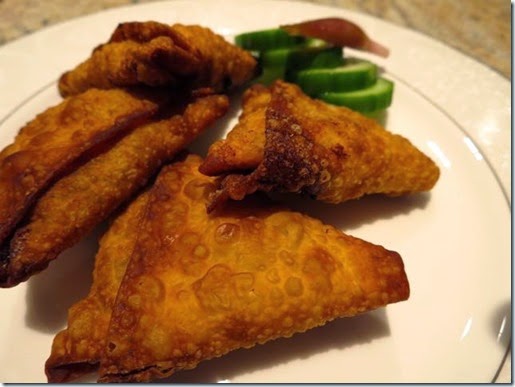
Here are the samosa hot out of the oil but when we served them to our guests we re-heated them in the toaster oven, which actually made the skin crispier and better.
 Ingredients
Ingredients: (this made about 30 samosas with a fair amount of stuffing leftover.)
Potato: white potato, 4 large mashed, boiled whole until done, skin removed while hot.
Onion: 1 medium, finely chopped.
Spices:
Ginger, 1 Tbs. finely chopped fresh
Jalapeno pepper, one, finely chopped
3 tbs finely chopped cilantro
1 1/2 tsp salt
1 tsp ground coriander
1 tsp garam masara,
1 tsp ground roasted cumin seeds
1/4 tsp cayenne pepper
2 tbs lemon juice
Pork:
I had previously cooked the pork tenderloin. I used a dry rub of smoked Spanish paprika, cumin, cinnamon, nutmeg, black pepper and salt, and baked it at 350F for 30 minutes). I just chopped one tenderloin (#1 below). This is totally optional.
Egg roll skin (one package) (see #5 below).
My wife first sautéed the onion in vegetable oil (1 tbs) until the edges got slightly brown and the added the spice mixture to bloom (#2), The minced pork was added and further sautéed (#3), If using uncooked ground meat, it may have to be cook in a separate frying pan and then combined with the spices. #3 The meat/spice mixture was mixed into the mashed potatoes. I tasted the mixture and it was highly spiced and seasoned (#4).
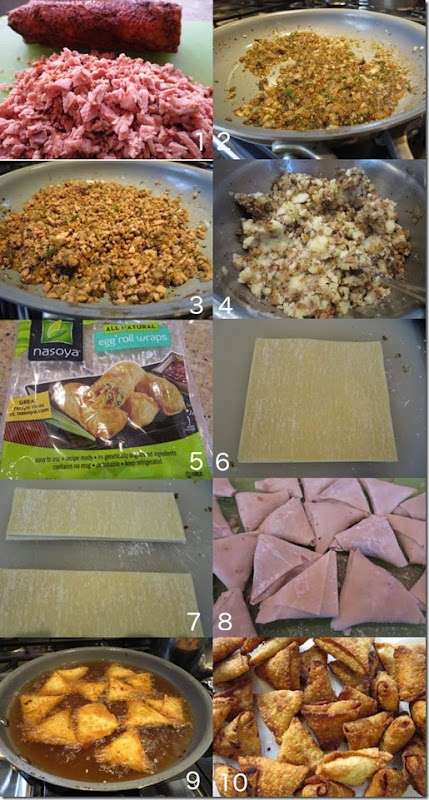
as a wrapper, I used egg roll wraps (skin) as seen in #5 above. This is almost square but one end is slightly longer (#6). I cut this in half (I layered several of them) using a sharp long knife. I then removed the narrower strips from each halves so that resulting sheets have a proportion of 1:4 (#7).
The diagram on the left is from http://masalanmagic.blogspot.com/2012/02/patti-samosa-folding-techniques.html. There are many
YouTube videos you can watch as well.
We made about 30 of these with the loose ends of the egg roll wraps secured by painting them with a "glue" made of water and potato starch or flour (#8).
I deep fried them in 320-340F vegetable oil for several minutes per side until golden (#9). I drained them first on a metal cooling rack #9 with a cookie sheet underneath) and then on sheets of paper towel (#10).
These reheated very well in the toaster oven (turning once during the reheating), we used the highest "toast" mode. They were actually more crisp after the reheating.
As you know "fried" starch tastes good. The egg roll wraps worked very well and after reheating they tasted even better than when they just came out of the oil. The stuffing was very hot (temperature) and flavorful but not too "hot" (spicy). This was great hit among our guests.
